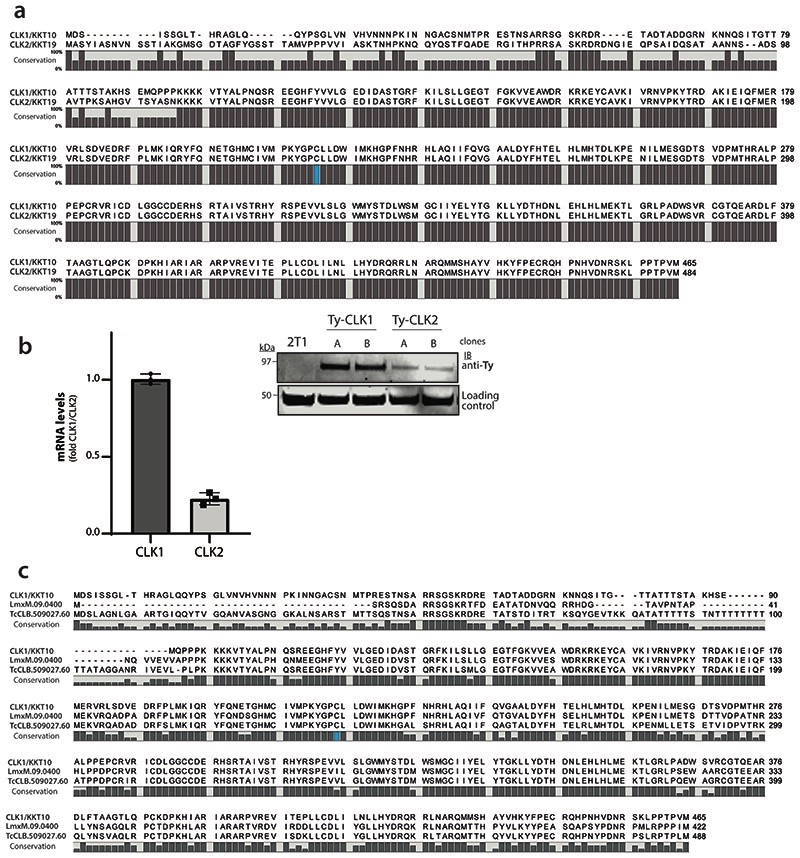Extended Data Fig. 4. CLK1 and CLK2 protein sequence alignment and CLK1 conservation across trypanosomatids.
(a) Alignment of CLK1/KKT10 and CLK2/KKT19 protein sequence in T. brucei. The protein sequences of CLK1 (Tb927.11.12410) and CLK2 (Tb927.11.12420) were aligned in CLC Genomics Workbench 8 and the consensus graph is shown below the corresponding alignment. Residue Cysteine 215 is shown in blue.
(b) Left: CLK1 and CLK2 mRNA levels measured by quantitative RT-PCR (bar graphs) in the 2T1 parental cell line, using GADPH as housekeeping gene. Mean ± SEM (n=3 biological replicates). Right: Protein levels of Ty-YFP-tagged KKT10 and KKT19 were assessed by western blot. Representative of two independent clones is shown. EF-1 alpha protein expression was used as the loading control.
(c) The protein sequences of CLK1/KKT10 (Tb927.11.12410) and orthologues from Leishmania mexicana (LmxM.09.0400) and Trypanosoma cruzi (TcCLB.509027.60) were aligned in CLC Genomics Workbench 8. The consensus graph is shown below the corresponding alignment. Conserved residue Cysteine 215 is shown in blue.

